
What is EMC Certification?
In modern society, electronic and electrical products have become an indispensable part of our daily lives. These products range from simple household appliances to complex communication devices, playing important roles in our work, study, and entertainment. However, during operation, whether transmitting signals or processing data, these electronic devices inevitably emit a certain amount of electromagnetic radiation. This radiation may potentially affect the surrounding environment and human health.
To protect the environment and public health, governments and relevant regulatory bodies around the world have established stringent standards and requirements for the electromagnetic compatibility (EMC) of electronic and electrical products. Electromagnetic compatibility refers to the ability of electronic devices or systems to operate normally in their electromagnetic environment without causing unacceptable electromagnetic interference to other devices. This includes two main aspects: firstly, the device's ability to maintain normal operation when subjected to external electromagnetic interference (immunity); and secondly, the device's limitation on the electromagnetic interference it generates during operation (emission).
EMC requirements in various countries are typically based on international standards, such as the IEC 61000 series standards set by the International Electrotechnical Commission (IEC). These standards define the testing methods, performance criteria, and technical specifications for electromagnetic interference. Manufacturers must ensure that their products meet these standards during design and production to gain market access.
What is emc certification?
EMC, short for Electromagnetic Compatibility, is the ability of a device or system to operate in its electromagnetic environment without causing intolerable electromagnetic interference to anything in that environment. Thus, EMC includes two aspects of requirements:
1. Control of Electromagnetic Interference (EMI) Emission: The electromagnetic interference (i.e., electromagnetic radiation) generated by the device during normal operation must be below certain limits to avoid causing interference to other devices or systems. This involves using techniques such as circuit layout, filtering, and shielding to minimize unnecessary electromagnetic radiation.
2. Ensuring Electromagnetic Susceptibility (EMS): The device should have a certain level of immunity to electromagnetic interference, meaning it should operate normally in a specified electromagnetic environment without malfunctioning or degrading in performance. This requires considering electromagnetic compatibility during design and implementing appropriate protective measures to enhance the device's immunity.
EMC Certification Requirements in Different Countries
- Europe (CE-EMC Certification): Directive 2014/30/EU, includes both EMI and EMS parts.
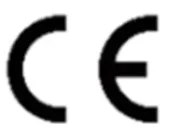
- USA (FCC Certification): Generally focuses on emi testing, with no requirements for EMS, i.e., no requirements for self-interference immunity and radiation immunity.

- Canada (ic certification): IC is short for Industry Canada. IC certification only targets EMI parts and includes wired and wireless product testing.

- China (3c certification): Chinese EMC certification follows relevant national standards and regulations, covering both EMI and EMS.
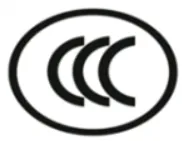
- Japan (pse certification): Follows the "Electrical Appliance and Material Safety Law" and only controls EMI.
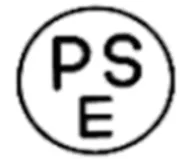
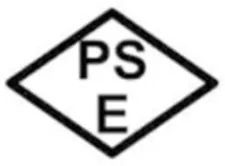
- Korea (kc certification): From July 1, 2012, KC certification has been split into safety certification and EMC certification, requiring both KC and KCC certificates.

- Australia (C-Tick/rcm certification): Controlled by the Australian Communications Authority (ACA), only covering EMI interference.
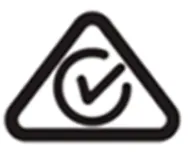
EMC Testing Services Provided by JJR Laboratories
- emi testing / Reporting
- EMS Testing / Reporting
- Product Certification Services for Various Countries
- Laboratory Rental Services
EMC Testing Projects
- Conduction
- Disturbance Power
- Radiated Emission
- Harmonics & Flicker
- Magnetic Field Disturbance
- Intermittent Interference
- Electrostatic Discharge
- Surge
- Electrical Fast Transient/Burst
- Conducted Immunity
- Radiated Immunity
- Voltage Dips
EMC Testing Standards (Partial)
1. Information Technology Equipment: CISPR 22, CISPR 32, EN 55032, fcc part 15, etc.
2. Audio/Video Products: CISPR 13, CISPR 32, EN 55032, etc.
3. Household Appliances and Similar Devices: CISPR 14-1, EN 55014-1, etc.
4. Lighting and Similar Equipment: CISPR 15, EN 55015, etc.
5. Industrial, Medical, and Scientific Products: CISPR 11, EN 55011, etc.
6. Medical Electrical Equipment: IEC/EN 61326, GB/T 18268, etc.
7. Residential, Commercial, and Light Industrial Environments: IEC/EN 61000-6-3, GB/T 17799.3, etc.
8. Industrial Environments: IEC/EN 61000-6-4, GB/T 17799.4, etc.
9. Electrical Equipment for Measurement, Control, and Laboratory Use: IEC/EN 61326-1, GB/T 18268.1, etc.
10. Harmonic Current & Voltage Flicker: IEC/EN 61000-3-2, GB 17625.1, etc.
11. Uninterruptible Power Supplies (UPS): IEC/EN 62040-2, GB 7260.2, etc.
12. Others: EN 50130-4, EN 50121-3-2, EN 50412-2-1, etc.
Importance of EMC Testing
1. Improves Product Reliability: EMC testing ensures products meet set requirements and regulations, enhancing product reliability and boosting engineer confidence in their designs, which can foster consumer brand loyalty.
2. Increases Safety: EMC testing helps prevent safety risks, product malfunctions, data loss, and other adverse events, ensuring safe interaction between electronic devices and electrical systems.
3. Early Detection of Potential Issues: EMC testing can identify any adverse interactions between electronic devices and electrical systems early, making it easier to correct potential issues before production.
Please note that specific testing content and standards may vary depending on the type, application, and standards of the device. When conducting EMC tests, it is necessary to refer to relevant standards and regulations to ensure the accuracy and validity of the tests.
Email:hello@jjrlab.com
Write your message here and send it to us
 What Certifications for Exporting Monitors to Euro
What Certifications for Exporting Monitors to Euro
 Bluetooth Headphones Exported to Australia Certifi
Bluetooth Headphones Exported to Australia Certifi
 What Certifications for Router Products Exported t
What Certifications for Router Products Exported t
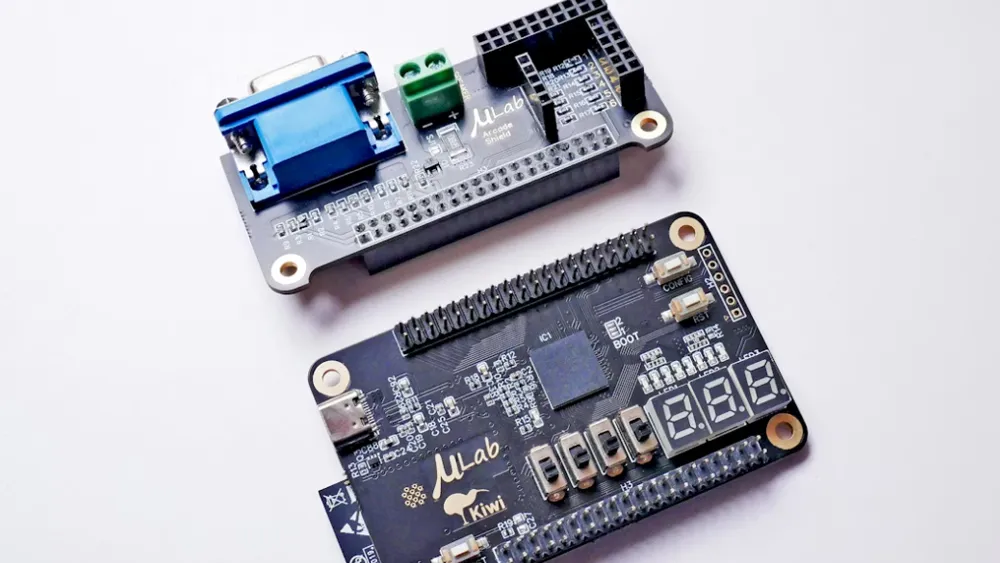 TIC (Power Bank UL 2056, Portable Power Station UL
TIC (Power Bank UL 2056, Portable Power Station UL
 How to get EN 18031 Certification for Wireless Pro
How to get EN 18031 Certification for Wireless Pro
 PSE, TELEC and VCCI Compliance for Cameras Exporte
PSE, TELEC and VCCI Compliance for Cameras Exporte
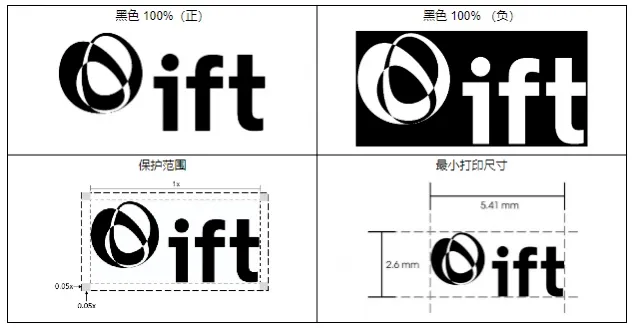 NOM & IFT Compliance for Audio Equipment Expor
NOM & IFT Compliance for Audio Equipment Expor
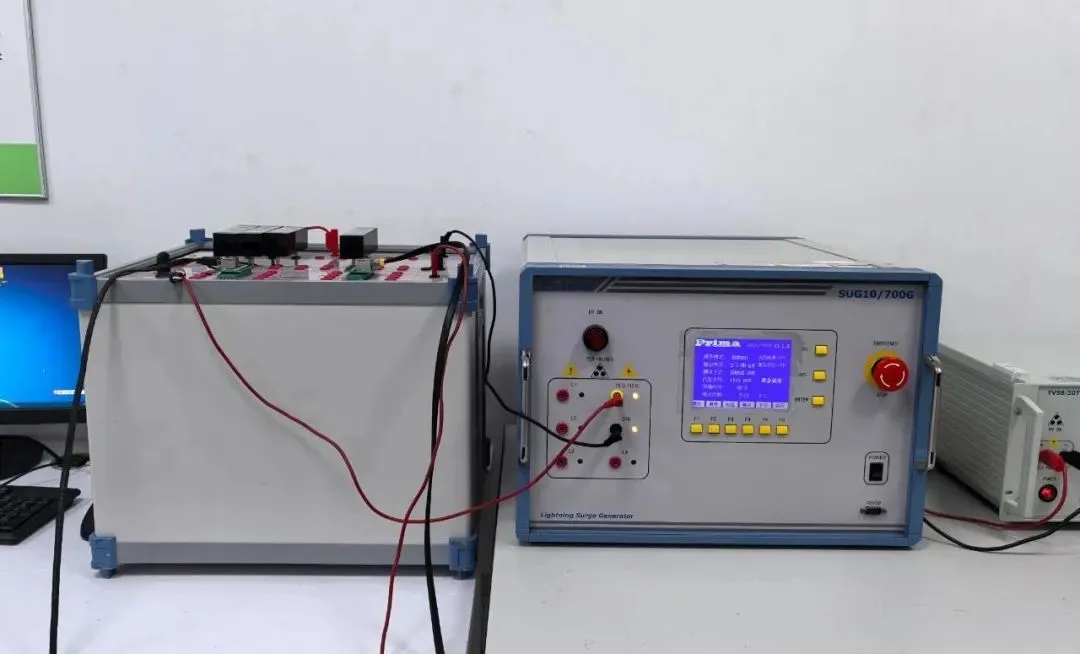 FCC, CE & EMC Compliance for Printers Exported
FCC, CE & EMC Compliance for Printers Exported
Leave us a message
24-hour online customer service at any time to respond, so that you worry!




